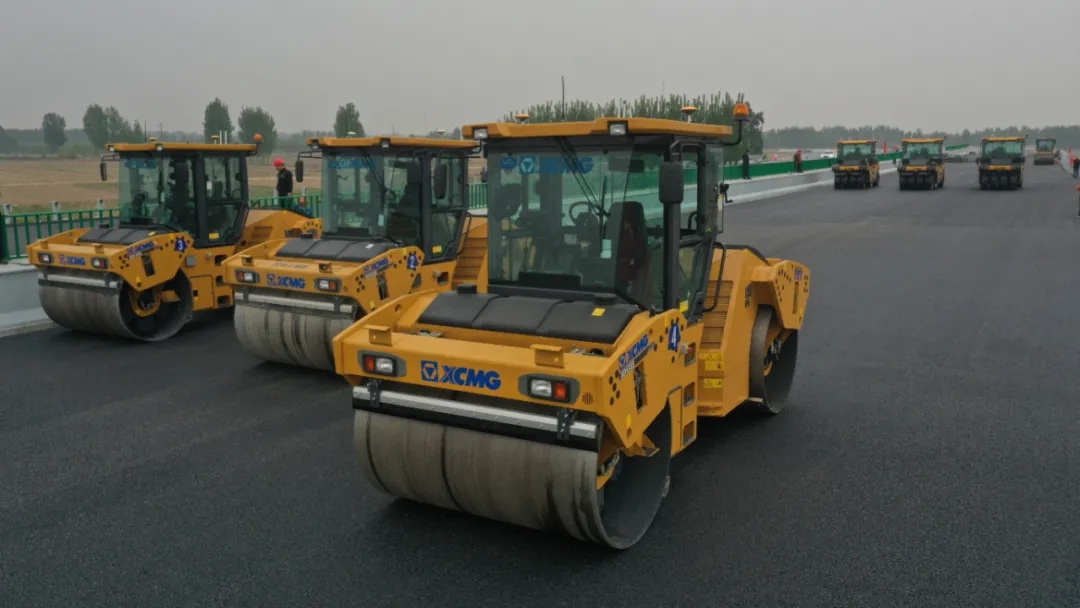
How will 5G Impact Construction
(By Tom Jackson)
The fifth
generation of wireless technology, seen by some as the last piece in the
connectivity puzzle, is on the horizon. Tom Jackson investigates what impact it
could have.
The most
significant advancement in construction technology in the last two decades is
now visible on the horizon and promises to provide previously unimaginable
levels of connectivity and productivity.

Today’s technology can
connect the field and the shop with the office and drive autonomous machines,
remote control, and some artificial intelligence, says Aviad Almagor, vice
president of technology innovation at Trimble. But to fulfil this vision – to
control a large number of IoT (Internet of Things) devices and get fully
functional, real-time augmented reality and mixed reality on the jobsite – the
industry needs the low latency and higher bandwidths that only 5G can provide,
he says.
Many of today’s data acquisition processes, such as point
clouds, images, or simultaneous localisation and mapping data are already run
on cloud-based solutions and near real-time processing, says Ulrich Hermanski,
CMO and executive vice president at Topcon Positioning Group. The data rates
anticipated with 5G networks will open completely new perspectives on this,
especially for building construction, he says.
5G will also take much of the computer processing that happens
on your tablet, laptop or phone and move it to the cloud, says Joe Mosele, vice
president mobility, IoT and 5G for AT&T Industry Solutions in the US. The
cloud is a much bigger, more powerful and versatile computer than anything you
can hold in your hand – this will lower the cost of all these devices, and
drastically cut the battery drain and weight.
How does 5G work?
In 4G LTE networks, the lag time between a signal being sent and
received is about 90 milliseconds. The current target for 5G latency is ten
milliseconds or less depending on the provider, says Burcin Kaplanoglu, vice
president of Oracle Industry Labs.
“When you’re trying to
control equipment remotely, you do not want any lag time,” he says. “You want
to have the best control you can. It can be done on a 4G network today. But the
lower the latency, the better your response time.”
With the lower latency and all the sensors and data that 5G can
pour into a simulator application, the seat-of-the-pants feel on a simulator
can be made as real as it is in the field, says Varney. If your remote dozer in
the field hits a boulder, the simulator will lurch as hard as the machine in
the field. This kind of feedback will make remote operators much more
efficient, careful, accurate, and safe, and help prevent machine damage.
5G is vital for the advanced development of robotics and
autonomous machines says Anders Candell, senior vice president at Skanska
Group. These technologies require stable, high bandwidth for equipment
steering, real time monitoring and digital workflows. “We will be able to
understand the situation at a site to a greater extent and hence be able to
optimise planning and avoid hazardous situations,” he says.

With the cloud computing
enabled by 5G, the sensors will even be able to project trajectories and warn
workers of potential problems ahead of time. Sensors will also be embedded in
buildings, highways, bridges, and other built structures to monitor conditions,
wear, and things like earthquakes and natural disasters.
Sensors and cameras will also allow inspectors to view progress
on a job and certify completions and code compliance without having to leave
their office and avoid these all-too common delays that plague construction
today. The kind of remote monitoring that sensors and cameras provide will also
break down the silos and the inefficiencies that arise between the different
trades and the general contractor.
 Home
Home
 Categories
Categories
 Discover
Discover
 My Machmall
My Machmall